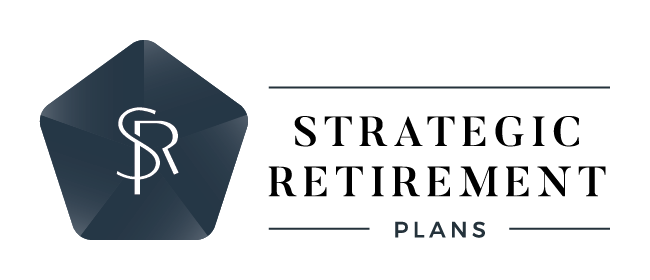Is the 4% withdrawal rate still a good rule of thumb for retirement? The latest analysis of this popular strategy may say otherwise. The previous long-term consensus was that 4% was a safe withdrawal rate. What that means, is you would plan to take 4% of your portfolio out at the start of the year. It is hoped that by using that calculated amount, it would ensure that you’d not run out of money moving forward over the next 20-30+ years in retirement. It is not 100% guaranteed, but as one looks back upon the stock/bond market over the last 100 years, 4% would have been safe in just about every scenario.
New Adjusted Withdrawal Rates
Interest rates have drastically gone down over the last four decades. It’s likely they will either fight to stay where they are or slowly climb. With that in consideration, the newer projections state that a 3-3.5% rate is now more acceptable. This lower amount would account for ‘sequence of return risk.’ ‘Sequence of return risk’ is the risk that comes from the order in which your investment returns occur. In other words, ‘sequence of return risk’ is the risk that comes from market declines in the early years of retirement together with ongoing withdrawals that could significantly reduce the longevity of a portfolio. However, if one retires in normal times, the 4-5% projection should hold safe.
A Dynamic Approach to Withdrawal Rates: Not a One-Size Fits All
With all of that, our team and many experts have come to realize a dynamic approach to withdrawal rates may make the most sense. What this means is that the “4% RULE” is not a one size fits all, but rather a general rule to use as a benchmark or guideline. If out of the gates, portfolios do well to start retirement, it is easier to take a little more off the portfolio in the “Go-Go” years of retirement. If markets do not do well, and one is caught in a very aggressive down-turn, one should be patient to take on major purchases or pay off debt. Being patient for the wave to come back up is better than capitalizing a big loss while stocks are down to make those major withdrawals. As markets recover, you can then work hard towards paying off debt or making those bigger purchases.
Another Major Factor to Consider: Age of Retiree
Another major factor to look at with withdrawal rates is the age of the retiree. In general, the younger a retiree is, the less they should take off the portfolio. Why? Because they have a longer timeline to use the portfolio to produce “total income.” As a client ages, and the plan stays intact, it allows for more discretion on having years where you take more off the portfolio.
Comparing Portfolio Approaches and How They Affect Withdrawal Rates
Barron’s recently came out with a great article discussing Morningstar research that looked at three types of portfolios and their withdrawal rates: an all cash portfolio, an all stock portfolio, and a diversified portfolio. What was found is that a safe withdrawal rate over a 30 year period for all cash is 2.7% on the portfolio, assuming inflation settles around 2-3%. For the all stock portfolio, a safe withdrawal rate is 2.9%, accounting for down years and recessions while having to take money off the portfolio. Whereas a balanced portfolio, with 40-60% in stocks and the rest in bonds/alternatives would allow for a 3.3% withdrawal rate. A balanced approach had the highest chance of allowing for a successful retirement plan. This conclusion is based on the need for flexibility with market changes and for accommodating retiree’s spending habits. This type of research is why our team deeply believes in diversification and a balanced approach to risk for our retirees. It allows for a contingency plan if/when stocks hit turbulent seasons/years. We recently wrote an article about the importance of diversification in a retiree’s portfolio.
A Considerate Approach to Financial Planning
Taking all of these things in consideration, Strategic Retirement Plans helps guide a client into the best possible plan that allows for pivots and changes.
- utilizing a dynamic approach to withdrawal rates,
- taking into account ‘sequence of return risk’,
- watching what the stock/bond markets are doing during that current period, and
- looking at the retirement time horizon (or timeline) for each client
all inform decisions and guidance for making the necessary turns as needed.
Building a Great Retirement Plan
There are lots of areas our team is constantly researching to build great retirement plans for each and every one of our clients. It begins by understanding the goals and passions of our clients, then diving into what financial assets exist to accomplish those goals. From there, we work very hard to identify a risk score to build out the right portfolio. Our investment team is constantly tweaking and analyzing what holdings/asset classes make the most sense, making sure we have true diversification alongside sustainable withdrawal rates. It’s all rounded out with great financial planning in all of the core areas.


